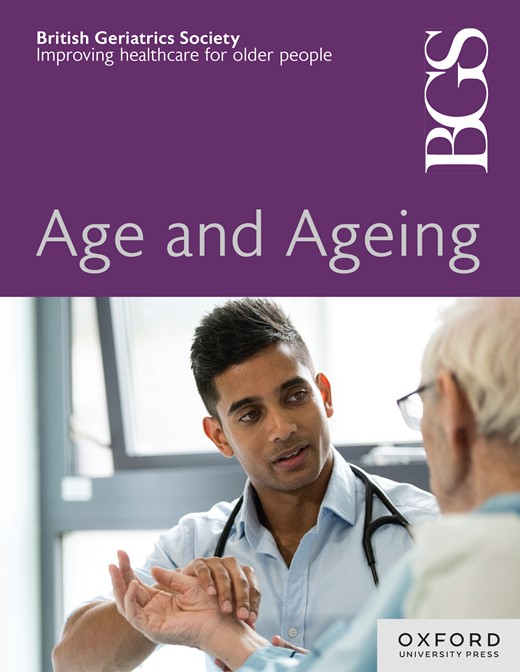老年人因药物不良反应和药物不良事件入院:系统回顾
IF 7.1
2区 医学
Q1 GERIATRICS & GERONTOLOGY
引用次数: 0
摘要
据报道,药物不良反应(adr)和药物不良事件(ADEs)导致高达30%的老年人住院,导致显著的发病率和死亡率,并增加了健康经济负担。本系统综述旨在确定不良反应和不良反应发生率是老年人住院的一个原因。方法检索2015 - 2025年标准数据库及文献。专门评估老年人不良反应和ADE患病率及危险因素的研究被纳入其中。该综述在PROSPERO注册(CRD42024613426),采用Joanna Briggs研究所标准评估质量,并通过ROBINS-E确定偏倚。结果9项研究进行了全面评估。报告的不良反应发生率为3.3%至23.1%,不良反应发生率为11.75%至18%。在各自的研究中,这些人的平均年龄在77岁到86岁之间。跌倒(19.4% ~ 20.9%)、谵妄(7.3% ~ 12.9%)和出血(8% ~ 30.2%)是导致住院的最常见的ADR/ADEs。抗血栓药(11.5% ~ 30.2%)、利尿剂(14.7% ~ 30.2%)和肾素-血管紧张素-醛固酮系统(RAAS)抑制剂(7.5% ~ 8.9%)是ADR/ADE的主要病因。结论由于纳入研究的异质性和灰色文献的排除,本综述存在局限性。然而,不良反应和不良事件仍然是老年患者住院的重要原因。这些可能的可预防性及其可能的住院避免突出了对ADR/ADE风险预测方法的进一步研究的迫切需要,以及对老年人的合并症和药物优化。本文章由计算机程序翻译,如有差异,请以英文原文为准。
Hospital admissions due to adverse drug reactions and adverse drug events in older adults: a systematic review
Background Adverse drug reactions (ADRs) and adverse drug events (ADEs) are consistently reported to cause up to 30% of hospital admissions in older adults, resulting in significant morbidity, mortality and an added health economic burden. This systematic review aimed to establish the frequency of ADRs and ADEs as a cause of hospitalisation in older adults. Methods Standard databases and citations were searched from 2015 to 2025. Studies specifically assessing ADR and ADE prevalence and risk factors in older adults were included. The review was registered in PROSPERO (CRD42024613426) and quality was assessed using the Joanna Briggs Institute criteria with bias determined via ROBINS-E. Results Nine studies underwent full evaluation. The reported prevalence of ADRs ranged from 3.3% to 23.1% and ADEs ranged from 11.75% to 18% as causes of hospitalisation. The median age of those included, in the respective studies, was between 77 and 86 years. Falls (19.4%–20.9%), delirium (7.3%–12.9%) and bleeding (8%–30.2%) were the most frequently encountered ADR/ADEs causing hospitalisation. Anti-thrombotics (11.5%–30.2%) diuretics (14.7%–30.2%) and renin-angiotensin-aldosterone system (RAAS) inhibitors (7.5%–8.9%) accounted for the highest proportion of ADR/ADE causative agents. Conclusion This review has limitations stemming from the heterogeneity of the included studies and the exclusion of the grey literature. However, ADRs and ADEs remain a significant cause of hospital admissions in older patients. The possible preventability of these and their possible hospital admission avoidance highlights the critical need for further research into ADR/ADE risk prediction methods in addition to co-morbidity and medication optimisation for older adults.
求助全文
通过发布文献求助,成功后即可免费获取论文全文。
去求助
来源期刊

Age and ageing
医学-老年医学
CiteScore
9.20
自引率
6.00%
发文量
796
审稿时长
4-8 weeks
期刊介绍:
Age and Ageing is an international journal publishing refereed original articles and commissioned reviews on geriatric medicine and gerontology. Its range includes research on ageing and clinical, epidemiological, and psychological aspects of later life.
 求助内容:
求助内容: 应助结果提醒方式:
应助结果提醒方式:


